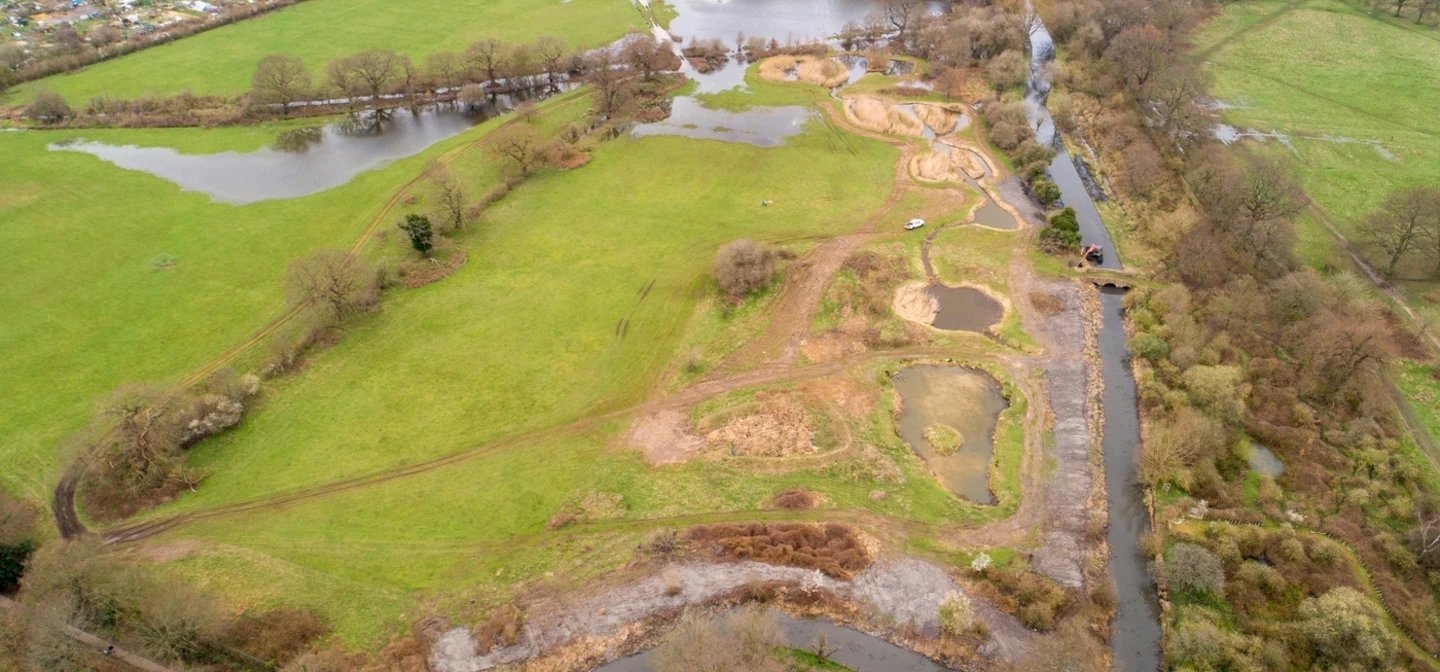
The Royal Parks in a changing climate
Climate change is having a profound effect on the natural environments and wildlife of the Royal Parks. We see damage and loss inflicted at almost every level, from breeding patterns of animals or species distributions, to soil erosion, flash flooding and tree loss.
We are committed to fighting climate change on every front – to restore, conserve and enhance the extraordinary natural environments in our care.
How does climate change affect the Royal Parks?
The short answer is – profoundly. Almost all animals, plants, habitats and natural resources are affected by the changes in temperature, rainfall and extreme weather that we’re now experiencing more often. Even a small temperature change can affect when a plant germinates or flowers – and that can create a domino effect, impacting seasonal behaviour of wildlife, migration, hibernation or breeding patterns.
If spring arrives earlier, or autumn arrives later – it can affect whole wildlife populations who have synchronised their lifecycles to the seasonal rises or falls in temperature. We experience this first hand in the Royal Parks.
You probably know yourself what extreme drought or intense rainfall can do to the stability of the soil if you’re out on a walk – turning a path into a quagmire, or baked rock solid. These conditions have huge implications for soil stability and the way in which water moves through our urban landscape.
In 2020, The Royal Parks charity declared a climate emergency and pledged to fight climate change with direct, positive action – reinforcing climate resilience across the parks.
In this blog, we’re sharing some of the many examples of how climate change is impacting wildlife and habitats in the parks – and what we’re doing to combat this.
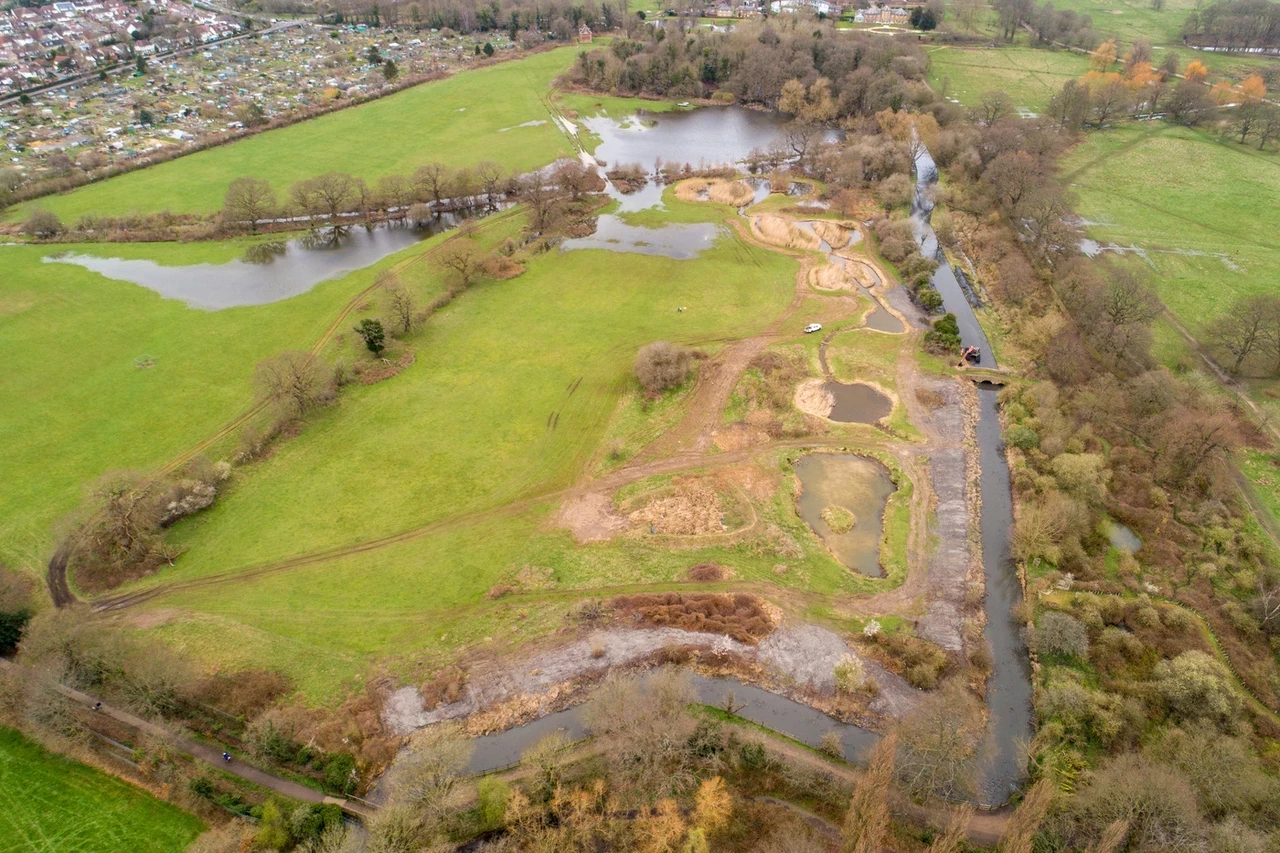
When there’s a prolonged drought, water levels in the ponds and lakes can fall rapidly. Some wetland areas simply dry up. Recently we’ve seen low rainfall in spring causing some water bodies and wetlands to dry out completely – preventing many amphibians from breeding. For the protected great crested newt, which returns to the ponds and lakes each year to breed, this can be fatal. In spring 2021 and again in 2022, some known breeding sites for great crested newts dried up before eggs had time to hatch, or for the tadpoles to mature and leave the pond.
In the long term, frequent droughts will make it harder for amphibian populations, such as frogs and toads, to breed successfully. We may even see localised extinctions if patterns are repeated year-on-year.
Recent research led by ZSL, the Zoological Society of London, together with University College London and Queen Mary University of London confirmed that global warming has also increased the spread and severity of a fatal amphibian disease caused by Ranavirus. This virus has had a devastating impact on common frog populations in the Royal Parks – and throughout the UK.
Animals, wildlife and the dangers of drought
The longer, hotter summers that we’re seeing have had a direct impact on food sources for many animals and birds, such as hedgehogs, blackbirds and thrushes, who eat soil invertebrates such as earthworms and woodlice. When the ground becomes hard as concrete and compacted, the number of invertebrates drops, and can become impenetrable to beaks and snouts.
Dry, dusty ground is highly vulnerable to erosion. And once soil has dried out to this extent, its ability to soak up water is massively compromised. Meaning that periods of drought, followed by heavier-than-usual rainfall can result in flash flooding. Rainwater simply runs off the soil surface, rather than being absorbed.
How extreme rainfall and rising water can damage habitats
A heavy rainfall can cause ditches, rivers and streams in the parks to swell, and the surrounding ground to become waterlogged, resulting in localised flooding.
If this happens along one of our well-used footpaths or routes, visitors’ boots will quickly turn a saturated area into a mudbath. Not pleasant for you – and it can also damage the micro habitats alongside footpaths, as people naturally try to avoid the muddiest bits. In Sites of Special Scientific Interest, or SSSIs, such as Richmond Park and Bushy Park this can have a huge detrimental effect on the rare and delicate plants and animals found in these ecologically important acid grasslands and among veteran trees. It’s also tempting to use the big grassy mounds of anthills as stepping stones to cross really boggy patches – and accidentally damage these delicate infrastructures.
Thanks to players of People’s Postcode Lottery and the Department for Culture, Media and Sport, we’ve been able to fund a large-scale habitat restoration project in Richmond Park and Bushy Park. The project is reinforcing and repairing damaged footpaths – and protecting and restoring vulnerable habitats, such as acid grasslands and the ant hills.
Warmer temperatures mean animals and insects are emerging earlier
Warmer spring weather can trigger animals to wake from hibernation and diapause – a temporary state of inactivity –earlier. Not only that, but global warming can alter their distribution patterns, as northern latitudes and higher altitudes become milder.
This is why we’re seeing some new species living in the Parks. Willow emerald damselflies have been spotted in Richmond Park and Bushy Park. In recent years, buff-tailed bumble bees have been seen overwintering in Kensington Gardens – certainly a sign of warmer temperatures in the city and more winter-flowering plants in the park.
On the flip side, other species which prefer it cooler are vanishing from certain areas. And as species react to these temperature changes, the opportunities for interaction between them may also alter. This can alter natural predator-prey relationships. For some small birds, their egg hatching time is falling out of sync with when most caterpillars are emerging. Since caterpillars are a critical food source for baby birds, this can directly threaten the survival of a species year-on-year.
Many of the Royal Parks are havens for willow warblers, which migrate to the UK in spring. Willow warblers were once a common sight in the south of England. But earlier springs have meant fewer invertebrates to feed on – and the birds have begun to shift their migratory range further north, where spring arrives a couple of weeks later.
For a bird that only has one brood per year, timing the food supply is critical. Even a few weeks’ difference in the arrival of spring can make a huge difference to feast or famine – and survival.
Herons and warblers are breeding earlier
These milder winters, with fewer cold snaps have caused many birds to start breeding earlier, such as the grey herons in The Regent’s Park. Most nests are now taken by mid-February, and in some winters, we’ve even spotted pairs incubating eggs as early as December! Being forced into early nesting is a risky strategy – as food resources may not be sufficient for the survival of baby herons. A cold spell, a frozen pond, and the adults cannot source enough fish for themselves – or their brood.
Cetti’s warbler, an insect eating bird, has been spreading northwards through Europe since the 1970s. Finding insects during the winter can be hard and a sudden cold snap can kill a large percentage of the birds in the UK. Three of the Royal Parks have had pairs of Cetti’s warbler breed and overwinter, with The Regent’s Park being the most recent site to host this bird.
The effects of climate change on trees in the Royal Parks
There are over 170,000 trees across the parks. As some of our oldest living creatures, the effects of global warming on them are becoming increasingly concerning as they become more obvious. Heavy rainfall and the waterlogging that often comes after it can damage or even drown trees, as their roots struggle to take up oxygen from the water-saturated soil.
At the opposite end of the temperature spectrum, a long period of low rainfall can also weaken and damage trees, especially younger trees. Even though older trees have more established root systems, and so can withstand a lack of rainfall for longer, drought stress can still make them susceptible to attack and damage from pests and diseases. As we see warmer conditions, we also see a spike in tree diseases and destructive pests, such as oak processionary moth.
As weather patterns shift, the established lifecycle and development of trees struggles to keep up. Warmer winters, followed by sudden cold snaps may disrupt flowering and leaf bud burst. And a sudden, violent storm in summer or autumn, when the trees are still in full leaf, puts them at greater risk of damage from wind and heavy rain.
How we’re fighting back
In 2020 The Royal Parks charity declared a climate emergency and in 2022, thanks to players of the People's Postcode Lottery, we launched our long-term Help Nature Thrive project to strengthen the natural defences and resources of the parks.
When you visit the parks, you’ll often see signs that we’re at work creating new habitats, clearing ponds or restoring paths. Much of the work on biodiversity is behind-the-scenes; but it’s key to winning the fight – and we rely on hundreds of amazing volunteers to help us.
If you think you’d like to volunteer for a conservation project, or as a Citizen Scientist, we’d love to hear from you. Find out more here – and thank you.
Related Articles
-
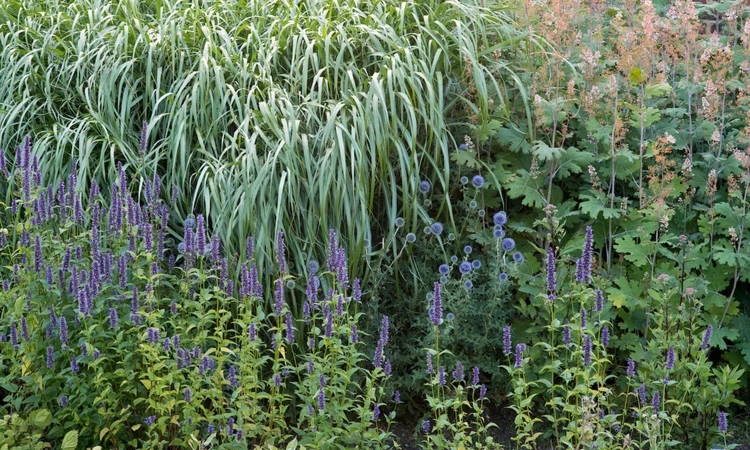 Read
ReadGardening for biodiversity
Designing and planting a garden that’s pollinator-friendly is a really positive move for biodiversity.
-
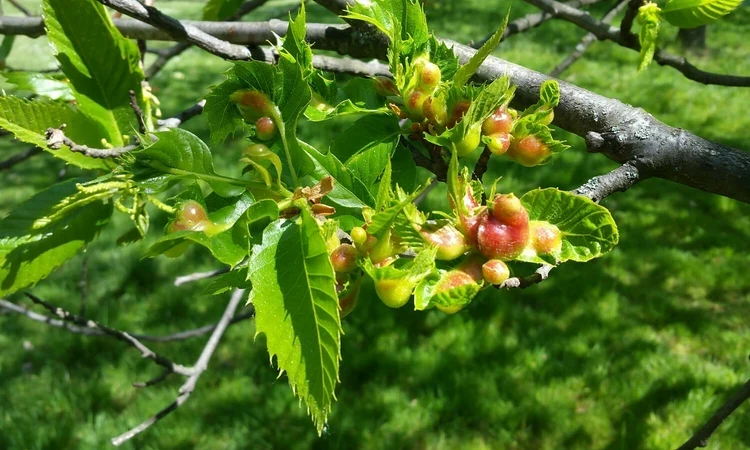 Read
ReadTree Diseases: Taking Care of London’s Trees
Managing tree disease within the Royal Parks
-
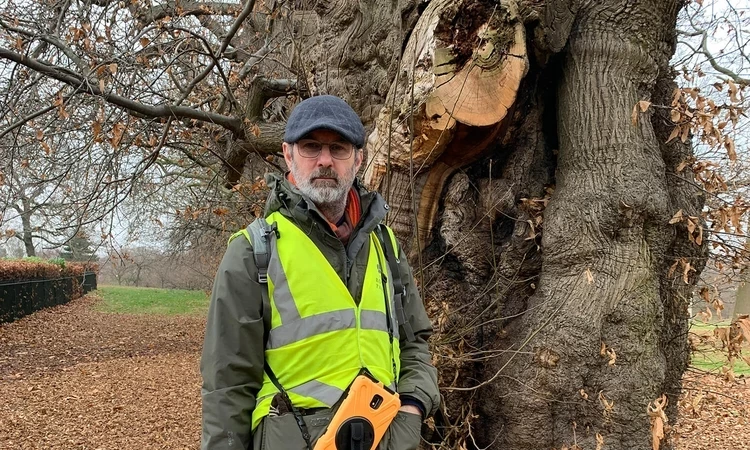 Read
ReadA day in the life of a Royal Parks arboriculturist
Find out what it's like to be a Royal Parks arboriculturist